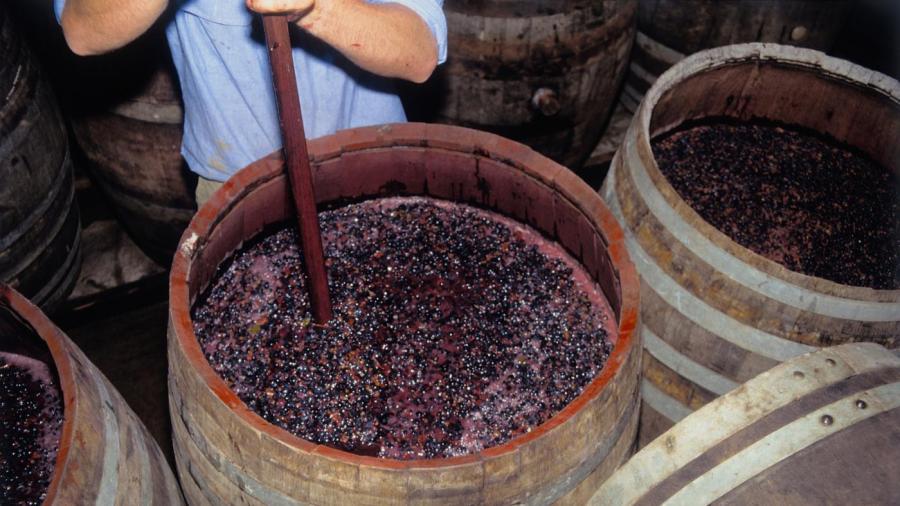What Are the Two Main Types of Fermentation?

The two main types of fermentation are alcoholic and lactic. In alcoholic fermentation molecules are converted into ethanol with the production of carbon dioxide, whereas in lactic fermentation, molecules are converted into lactic acid, and there is no production of carbon dioxide.
Alcoholic or ethanol fermentation is the process in which the sugars glucose, fructose and sucrose in food is converted to energy. Bread, certain teas (Kombucha) and alcoholic beverages (including beer, wine, whiskey, vodka and rum) are produced using this method. Lactic fermentation is a similar process in which sugars are converted to energy. Lactic fermentation, however, can be more widely used when preserving foods.
Fermented foods can have great benefits on health and wellness. The bacteria produced during the fermentation process, also known as probiotics, may be beneficial to digestive function and immunity. Preserving foods via fermentation can increase their nutritional value because it makes them easier to digest and ups their vitamin levels. Fermenting foods at home has grown in popularity and is easy to achieve. A single head of cabbage, for example, can be turned into sauerkraut simply be shredding it, salting it, placing it in a jar or crock and letting it sit in the dark for about a month.





